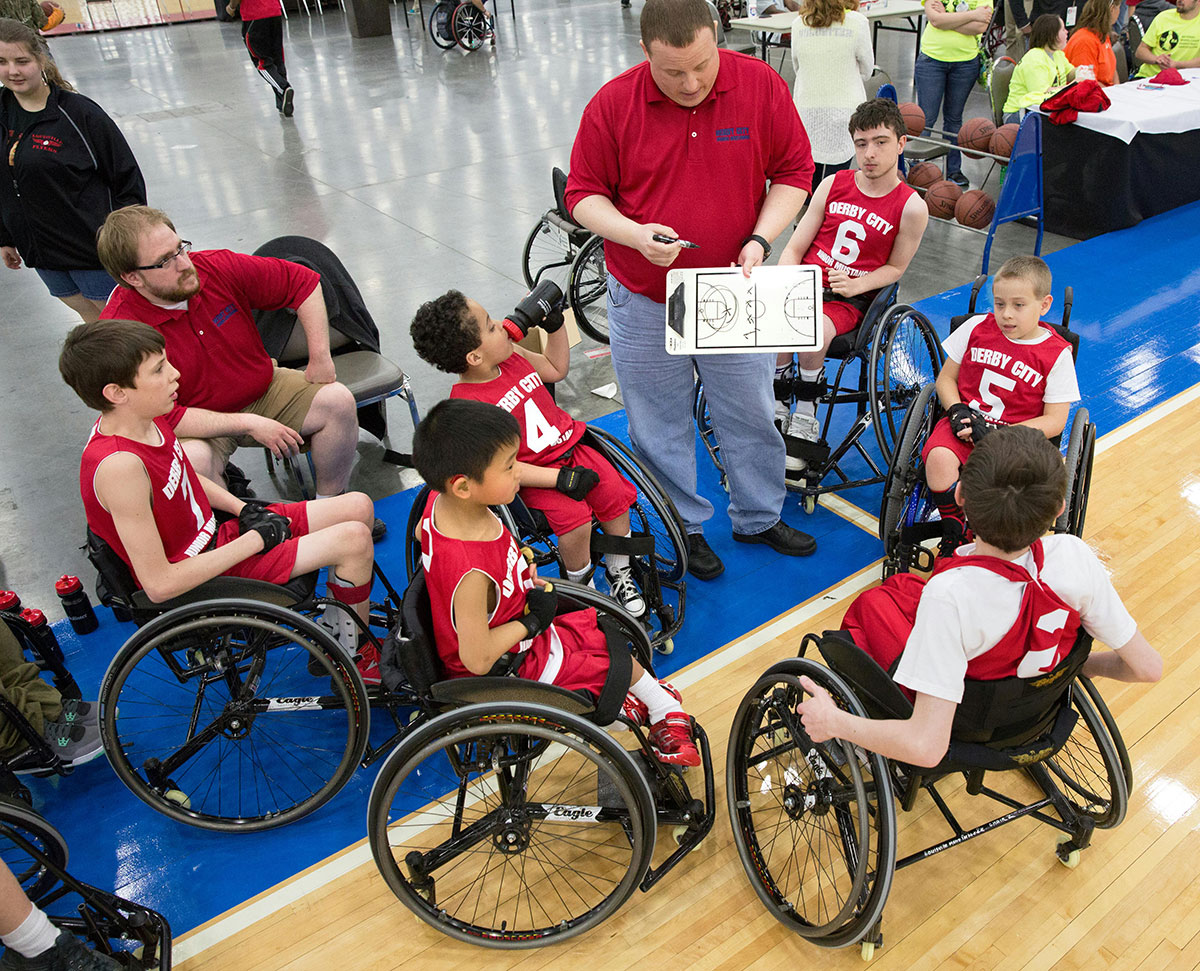
Key Factors in Proving Disability Discrimination in Education
Students with disabilities are at a higher risk of experiencing discrimination in public, private, and religious schools and higher education institutions. Disability discrimination makes it hard or impossible for a student to fully participate in educational opportunities, extracurriculars, and other school programs and activities. Beyond this, discrimination can create a hostile learning environment that undermines their social life, safety, and mental health.
Various laws protect students with disabilities from discriminatory treatment. Still, time and time again, schools fail to uphold their legal obligations towards these students. Advocating for disability rights and addressing disability discrimination is crucial to ensuring their well-being, equal access, and future opportunities.
That said, proving disability discrimination in schools often presents unique challenges for parents, caregivers, and attorneys because the law’s interpretation varies across state lines and legal frameworks. Furthermore, schools will always strive to defend their actions.
In this blog, we examine how to prove disability discrimination in schools. To strengthen your claim, it’s crucial to understand examples of disability discrimination in schools and legal protections for children with disabilities.
Understanding Disability Discrimination in Education
Proving disability discrimination in schools can be challenging because not every alleged action is motivated by a student’s disability. Disability discrimination occurs when a student receives unjust or unfavorable treatment from teachers, staff, or fellow students based on their disability. This manifests in various ways and can be direct, indirect, or unintentional. Direct examples of disability discrimination in schools may include refusing to provide assistive technologies, accessibility facilities, special education services, and other reasonable accommodations, failing to address bullying and discrimination complaints appropriately, isolating or excluding a student from regular activities and programs, disciplining a student for a behavior related to their disability, and retaliating against a student or parent for asserting their legal rights. Indirect or unintentional examples of disability discrimination in schools may include inadequate programs and provisions and inaccessible learning materials.
Discrimination must be addressed, regardless of how it manifests. Effectively proving disability discrimination requires a firm grasp of the essential safeguards and benefits to which the student is entitled by law.
What Rights Do Children With Disabilities Have?
Three fundamental laws safeguard the educational and civil rights of students with disabilities to ensure they receive reasonable accommodations and are not discriminated against. Understanding these laws is a key part of how to prove disability discrimination in schools. Title II of the Americans with Disabilities Act (ADA) primarily prohibits disability discrimination in public schools, colleges, and universities, while Title III governs “businesses serving the public”, including private schools. Under Section 504 of the Rehabilitation Act, schools receiving federal assistance may not deny a student access to and participation in program benefits and services based on their disability. This applies to K-12 and postsecondary educational settings, including public institutions and some private and religious institutions. The Individuals with Disabilities in Education Act (IDEA) entitles students with disabilities to free appropriate public education (FAPE). It mandates schools to educate them with peers without disabilities to the maximum extent appropriate and provide aids and services to enable them to participate in their education fully.
In proving disability discrimination, it’s crucial to recognize that all these laws do not automatically cover a student— it depends on the nature of their disability and other determining factors. For example, a student with a disability may be covered by ADA and 504, but if it is determined that they do not require specialized instruction to perform in school, IDEA may not cover them.
Schools have a legal and ethical responsibility to keep students with disabilities safe from discrimination. Suppose you believe the student has been a victim of any of the examples of disability discrimination in schools we discussed earlier, or other rights violations. In that case, you can pursue the school’s internal grievance process or file a complaint with the U.S. Department of Education’s Office for Civil Rights (OCR), state education agency, or U.S. Department of Justice. That said, substantial evidence is necessary for proving disability discrimination in schools.
How to Prove Disability Discrimination in Schools
Parents and their attorneys need to show that the student has experienced discrimination and that their disability was the motivating factor behind the unfavorable treatment.
Establishing Disability Status
For a disability discrimination claim to hold, you must ascertain that the student has a qualifying disability and is eligible for particular protections under relevant laws. ADA’s definition of disability is broad and includes a person with a physical or mental impairment that substantially limits major life activities, a person with a history or record of such an impairment, or a person perceived by others as having such an impairment. Conversely, IDEA is fairly restrictive; it requires a student to have been evaluated as having one of the specific disabilities defined under IDEA, and, therefore, requiring specialized instruction and related services.
When proving disability discrimination, medical or psychological evaluations and records, assessments, IEP and 504 plan documentation, and expert testimony can be used to substantiate disability status. If the alleged discrimination is based on a perceived disability, other evidence will be necessary.
Preparing Substantial Evidence
Properly documenting discriminatory incidents is critical to proving disability discrimination. Keeping a detailed record of events, including dates, timelines, what happened, who was involved, and other descriptions, becomes vital. Explicit statements regarding the student’s physical or mental abilities and witness statements from teachers, peers, and school staff can support your claim. In addition, a record of any communications with school personnel and students, including emails, meeting notes, videos, memos, and more, can provide strong direct evidence.
In the absence of direct evidence, proof of disparate treatment of the student or other students with disabilities compared to students without disabilities can help in proving disability discrimination — note patterns of isolation or exclusion from programs and activities. Consider assessing school policies and practices that impinge on the rights of students with disabilities or disproportionately affect them.
Showing a lack of reasonable accommodations and services is also a key part of how to prove disability discrimination in schools. If you were denied accommodations or haven’t requested them, submit formal requests to the school administration and ensure they respond in writing. If your request is denied, document the reasons provided by the school.
Finally, when proving disability discrimination in schools, prepare to show how the discrimination affected the students’ education and well-being.
Conclusion
Standing up against disability discrimination promotes a fair, inclusive, and positive learning environment where students with disabilities can fully benefit from equal education and are protected from harm. By providing reasonable accommodations, establishing effective policies and compliant practices, and training personnel, schools can help prevent and address discrimination.
Reliably proving disability discrimination should be a top priority for parents and attorneys navigating a discrimination case. This requires a firm grasp of disability laws, the intricacies of discrimination, and the preparation of compelling evidence.
At the School Liability Expert Group, we can guide you on how to effectively prove disability discrimination in schools. Our court-qualified experts will interpret all applicable anti-discrimination laws, gather reliable evidence, and help build a strong case. We provide highly individualized expert testimonies and comprehensive reports. Contact us for more information on how our education expert witness team can help with your case.


